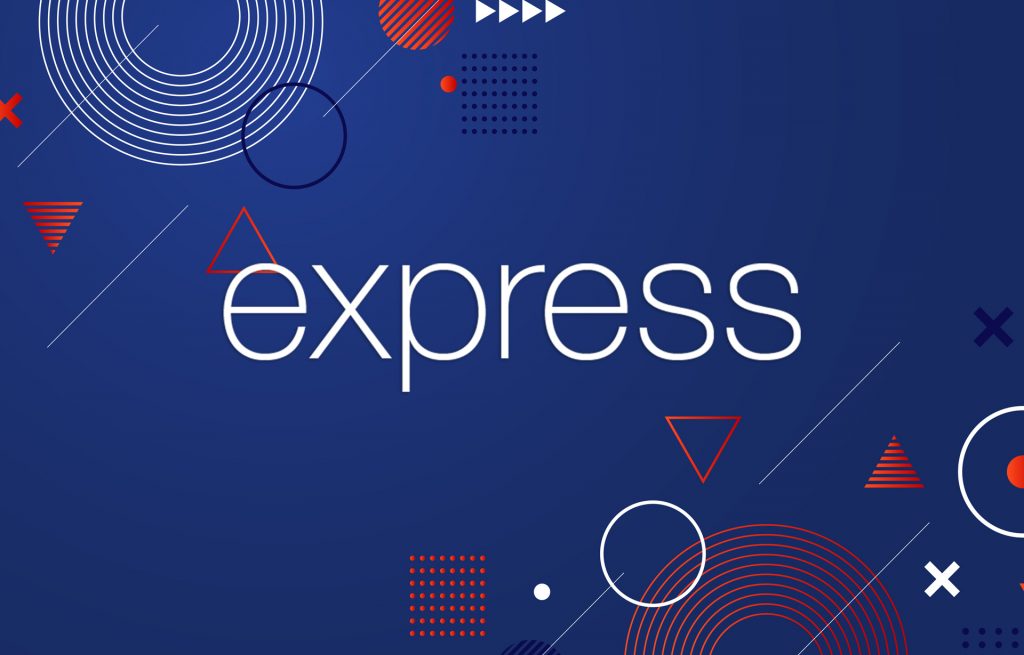Cross-platform software development brings a huge benefit in terms of costs (in the first place) spent on the project. This is why clients often tend to develop their applications using one codebase for multiple platforms. Today, there are a lot of time-proven technologies for cross-platform app development, but the new one is highly competitive with them. Among such technologies as Xamarin, Appcelerator Titanium, Ionic Framework along with Apache Cordova or PhoneGap, a fresh new React Native stands out. This rather new, yet cutting-edge framework does not use either the browser or webview, but only the JavaScript API over native components. Indeed, it quickly becomes a new standard in the delivery of native applications.
In 2015, Facebook announced React Native, a framework based on ReactJS. It can be called a breakthrough, as similar techniques have never worked the way React Native does. With the single JavaScript codebase, developers can create applications for the most popular platforms including iOS and Android at once.
Development of React Native apps goes with its benefits:
It accelerates the development process:
The developer can leverage one codebase and customize it for multiple platforms including iOS and Android instead of developing a new app for each platform from scratch.
React Native offers the development from existing components, which is faster than in a usual approach.
It saves your budget:
Building a React Native solution for multiple platforms is less costly than creation of each app separately because it leverages one codebase.
It simplifies maintenance:
Updates or/and changes to your React Native app are instantly adopted across all platforms and devices.
Open source:
React Native is open source and has a huge community. The developer can find various documents and tutorials on the Internet. There is a big amount of tools as well, and third party libraries open for contribution.
RN wins the big corporations’ spurs
For the past decade, the popularity and the need for mobile applications has grown exponentially. They became an essential part of any business starting from coffee shops and ending with banks and medical institutions. A huge number of companies needed applications immediately for a small price and for all popular platforms at once. React Native is very convenient solutions here. Facebook and Instagram have already developed their apps using this framework. And many others joined them including Airbnb, Tesla, Vogue, UberEats, Walmart, and the list goes on. Other React Native apps can be checked in their beautiful showcase. Even though React Native is new, it has so many perspectives.

React Native opens New Possibilities
The UI developed within PhoneGap or Cordova often doesn’t give the user a native look and feel and the animation smoothness. Such technologies are usually suitable for applications with plain functionalities and they lack intuitive UX. But here comes React Native. This relatively new approach enables the developer to write app’s business logic in Javascript. This brings one of the most valuable attributes of React Native as cross-platform tech – keeping a native experience for the users with the possibility to share the same code between different operating systems.
Facebook team explains their expectations for React Native in the following way:
“We’ve been using React Native in production at Facebook for some time now, and while there’s still a ton of work to do, it’s been working really well for us. It’s worth noting that we’re not chasing “write once, run anywhere.” Different platforms have different looks, feels, and capabilities, and as such, we should still be developing discrete apps for each platform, but the same set of engineers should be able to build applications for whatever platform they choose, without needing to learn a fundamentally different set of technologies for each. We call this approach “learn once, write anywhere.”
Native
Among all the advantages, the possibility to create native applications is the most valuable one. For example, Cordova based hybrid apps’ UI is written using HTML and JavaScript and represents the webview. In React Native the UI is also developed in JavaScript, but with React Native the developer writes components in JavaScript and those are converted to native components of iOS or Android.
Of course, RN is still a raw framework. It comes with its cons:
Missing flexibility:
Some unique functionality and tools of the iOS or Android native platform are unavailable for React Native, so it can drastically limit the features of your app.
UX limitations:
UX with React Native is certainly better that with other cross-platform technology. However, iOS and Android operating systems, screen layouts, functions, etc. differ a lot. Designing and developing a cross-platform app that offers a good user experience for two or more platforms won’t be a simple task.
Limited integration:
Integrating the app with certain preferred features, local settings, and notification apps can be a challenge, too. Different storage options might also require engaging a third-party cloud service.
Facebook property:
It works in a way Facebook needs it to work. Using React Native developers depend on how Facebook envisions mobile development.
Customization:
Development of a single codebase is certainly faster, but the applications requires a lot of time-consuming customization for each platform.
The future
React Native brings the better for both worlds: for native and hybrid development. Now, developers can develop applications in JavaScript, but on compiling the code they get native mobile apps. With React Native, you get easy development, better performance and appropriate user experience as a result. It gives a new perspective on what native app development could be and it continues to evolve.





